Location
- Dresden
- TU Dresden, Andreas-Pfitzmann-Bau
- Conference dinner at Dresden’s transport museum
- Other sights in Dresden
- Further sights near Dresden
Dresden
Dresden, located on the river Elbe, is the capital city of the German state of Saxony. The city has a long history as the capital and royal residence for the electors and kings of Saxony. It has been dubbed “Florence of the Elbe” for its lovely location, comparatively mild climate, baroque-style architecture and world-renowned museums, opera, and art collections. It is a popular tourist destination, not only for its many sights and cultural offerings, but also the beautiful surrounding area, especially the sandstone mountains and pristine forests of the Saxon Switzerland National Park, a few miles to the south. Appropriately, Dresden has been shortlisted by Lonely Planet as one of the best places to visit in 2023 within the category “learn”: “these are places where your best souvenir is what you learn” (Best Places to Visit in 2023 | Best in Travel - Lonely Planet).
 Brühls terrace, above the bank of the river Elbe, in Dresden’s historic city center.
Brühls terrace, above the bank of the river Elbe, in Dresden’s historic city center.The history of Dresden is also one of repeated rebirth, as after suffering several sieges during and after the Seven Years War (1756-1763) and being a center of operation for Napoleon during the Napoleonic wars (1803-1815). Most tragic is the bombing of Dresden at the end of the second World War (February 1945), destroying most of the city center. Reconstruction started immediately after WWII, continued during Dresdens time as a regional capital within the socialist German Democratic Republic (1949-1990), with major efforts and most of the city center restored to its former glory after German reunification (1990).
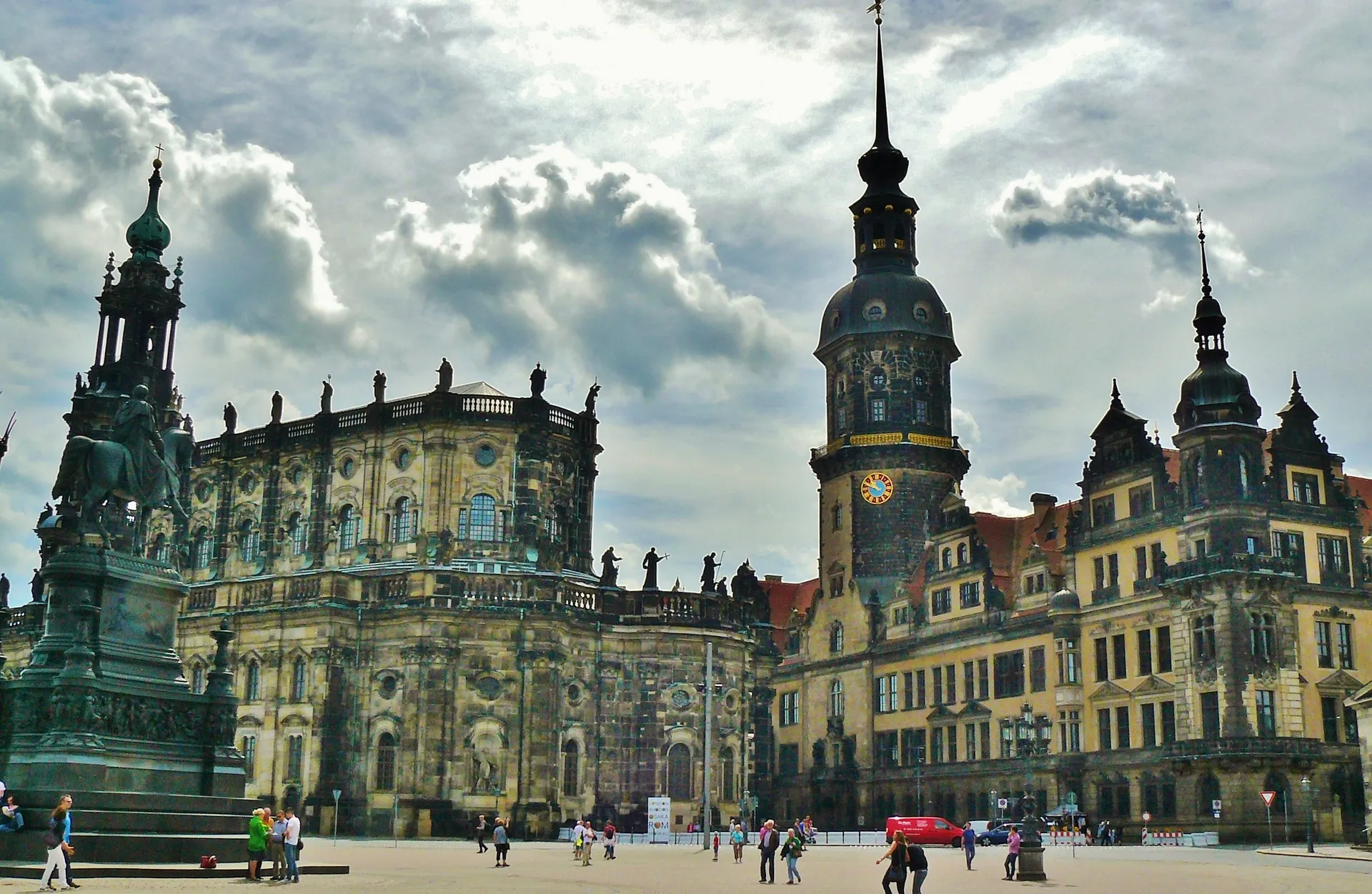 View to Dresden’s castle in Dresden’s historic city center.
View to Dresden’s castle in Dresden’s historic city center. “Prager strasse” (“Prague street”), one of the main shopping locations in Dresden’s city center. Photo by Maksym Kozlenko, licensed under CC BY-SA 4.0.
“Prager strasse” (“Prague street”), one of the main shopping locations in Dresden’s city center. Photo by Maksym Kozlenko, licensed under CC BY-SA 4.0.Dresden’s long history means that the city's more than 13.000 cultural monuments include not only its most photographed baroque buildings, but also important historicist, stalinist, modernist, and contemporary architecture-style buildings. Dresden is also Germany's fourth largest urban area and, with 62% of the city being green areas and forests, lays claim to being one of Europe's greenest cities. At the same time, Dresden remains a central economic player in the eastern part of Germany. Apart from the pharmaceutical and electrical engineering sectors, “Silicon Saxony”, Europe's largest microelectronics / ICT cluster, plays a major role.
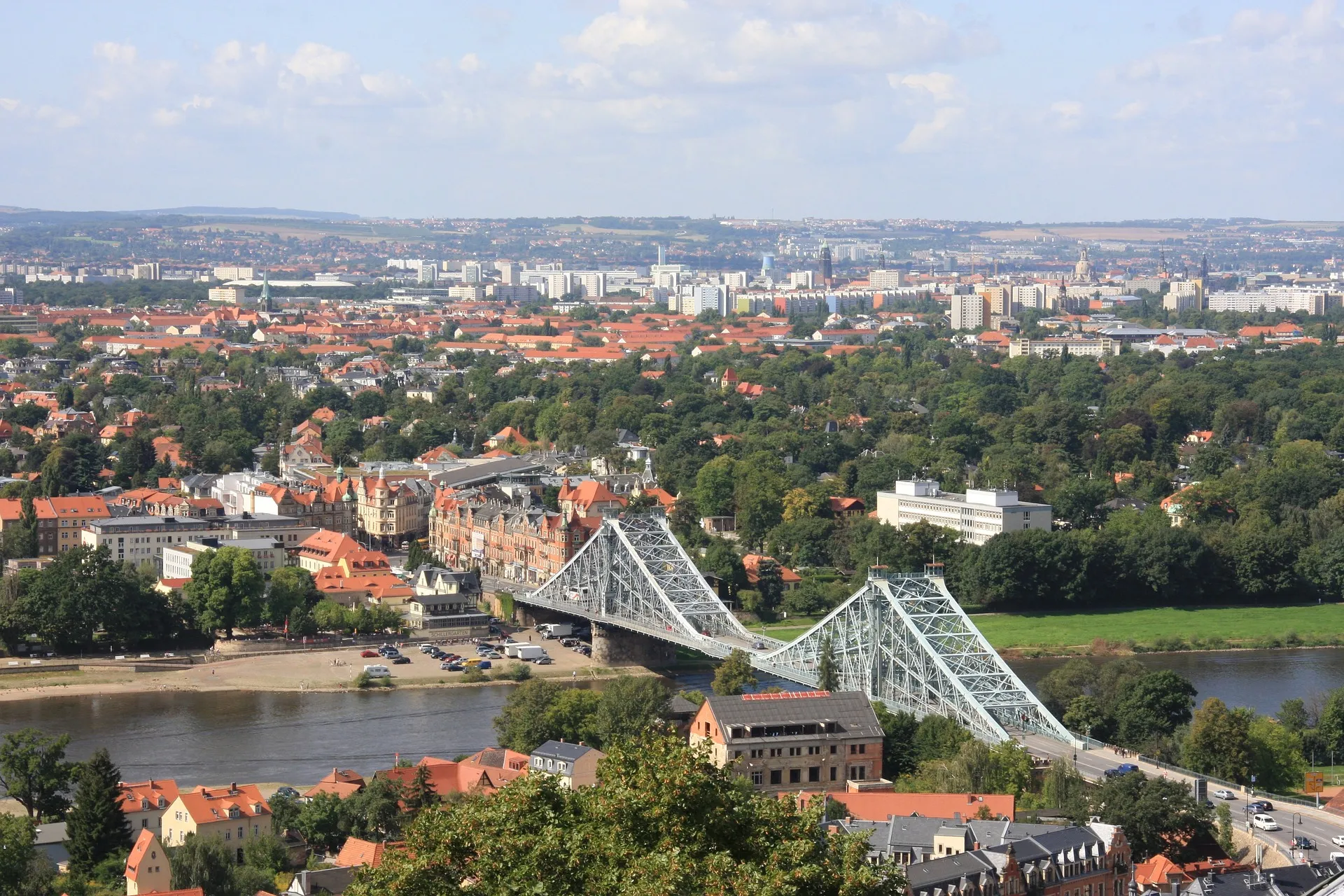 View towards Dresden’s city center from Dresden’s Loschwitz district, with the “Blaues Wunder” (“Blue Wonder”) bridge.
View towards Dresden’s city center from Dresden’s Loschwitz district, with the “Blaues Wunder” (“Blue Wonder”) bridge.TU Dresden, Andreas-Pfitzmann-Bau
TU Dresden is an important backbone of Dresden’s dynamic economy. The university's founding goes back almost 200 years (1828); TU Dresden is one of Germany's 10 largest universities as well as one of the 11 German universities promoted by the excellence initiative of the German Council of Science and Humanities and the German Research Foundation. It has 17 faculties and around 30,000 students with its main campus, most buildings being in art-nouveau and Bauhaus style, located south of Dresden’s city center. Here is also where the Andreas-Pfitzmann-Bau, the residence of the Faculty of Informatics and main venue of JELIA is located.
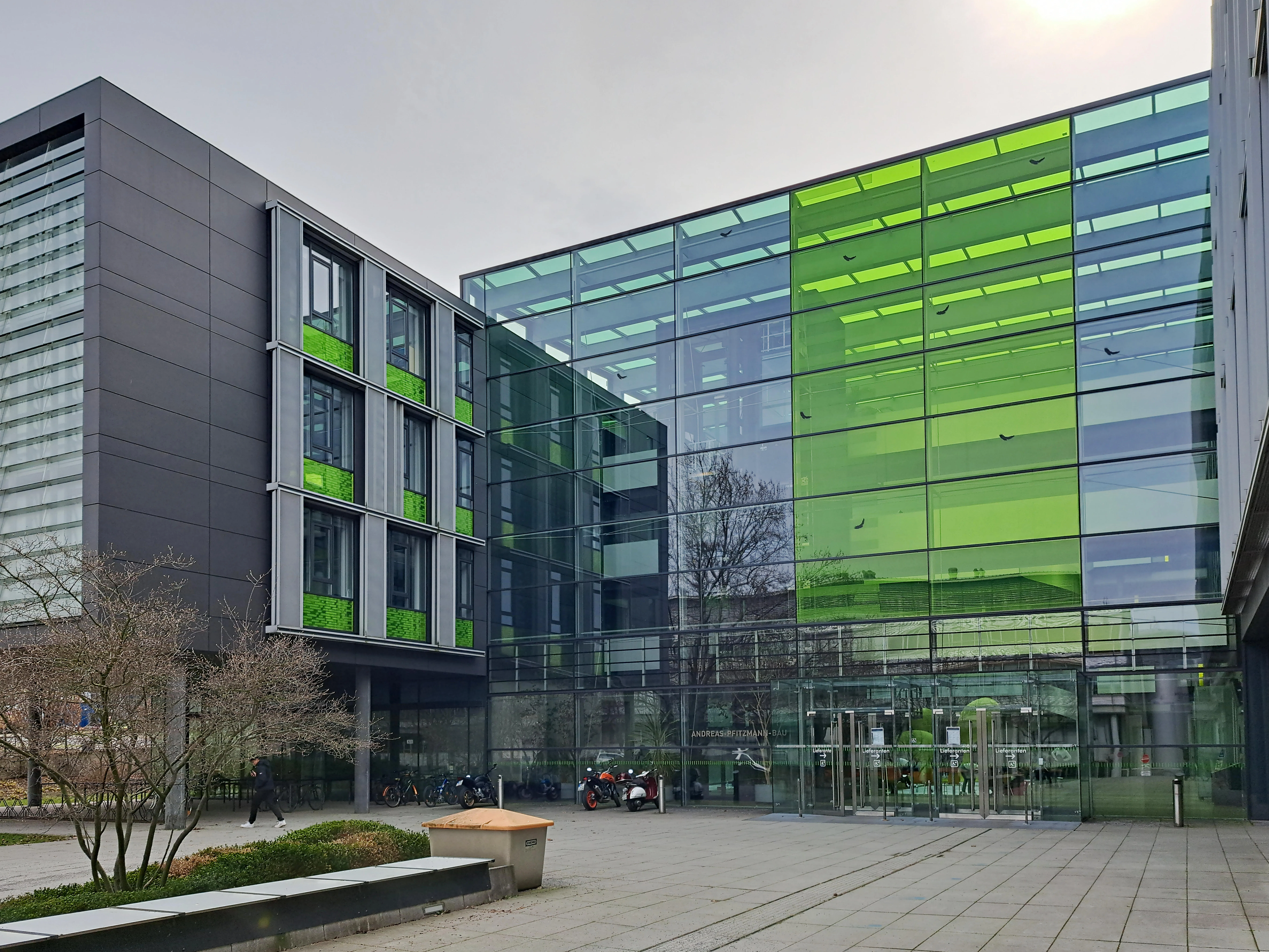 “Andreas-Pfitzmann-Bau” (“Andreas Pfitzmann building”), residence of the Faculty of Informatics at TU Dresden and main venue of JELIA, in the district of Plauen. Photo by Christian Gebhardt, licensed under CC BY-SA 4.0.
“Andreas-Pfitzmann-Bau” (“Andreas Pfitzmann building”), residence of the Faculty of Informatics at TU Dresden and main venue of JELIA, in the district of Plauen. Photo by Christian Gebhardt, licensed under CC BY-SA 4.0.Conference dinner at Dresden’s transport museum
Apart from ample opportunity in getting to know the university campus, JELIA’s social event will provide the chance to visit Dresdens landmark Lutheran baroque church, the Church of our Lady or “Frauenkirche”, built between 1726 and 1743, completely destroyed during the bombing of Dresden in 1945, its reconstruction finished in 2005. The conference dinner will be just beside the “Frauenkirche” in Dresden’s Transport Museum, one of the first cultural institutions funded by the German Democratic Republic (in 1953), but in a Renaissance building dating back to 1586, used as a stable for the Saxon court. Exploring the museum’s exhibit on all things transport (via road, rail, air and water) before the dinner, will be occasion to also be reminded of Dresden's history as a hub for industry and invention, including Germany's first steam engine and long-distance railway service (1839).
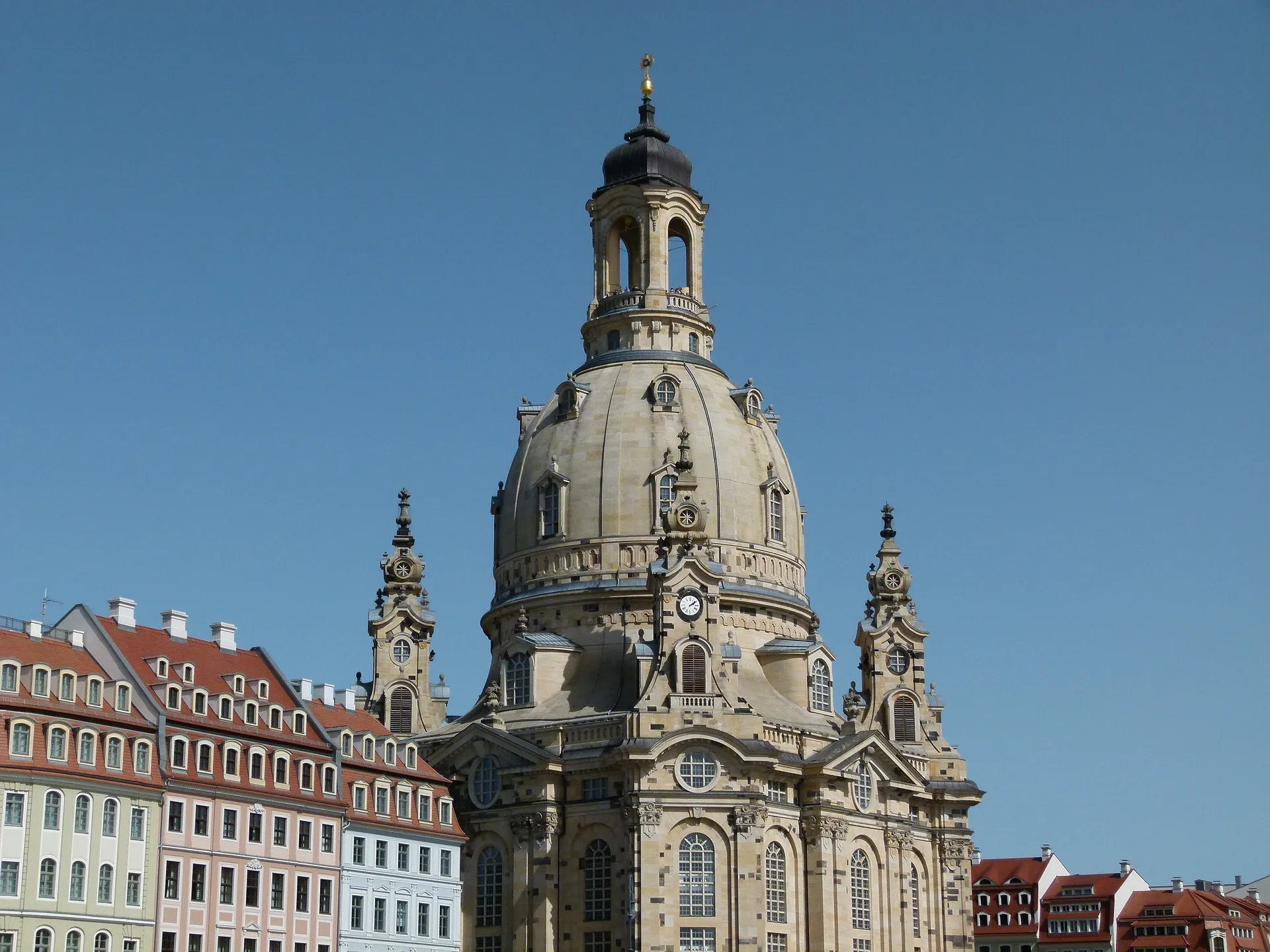 “Frauenkirche” or “Church of our Lady” in Dresden’s historical city center.
“Frauenkirche” or “Church of our Lady” in Dresden’s historical city center.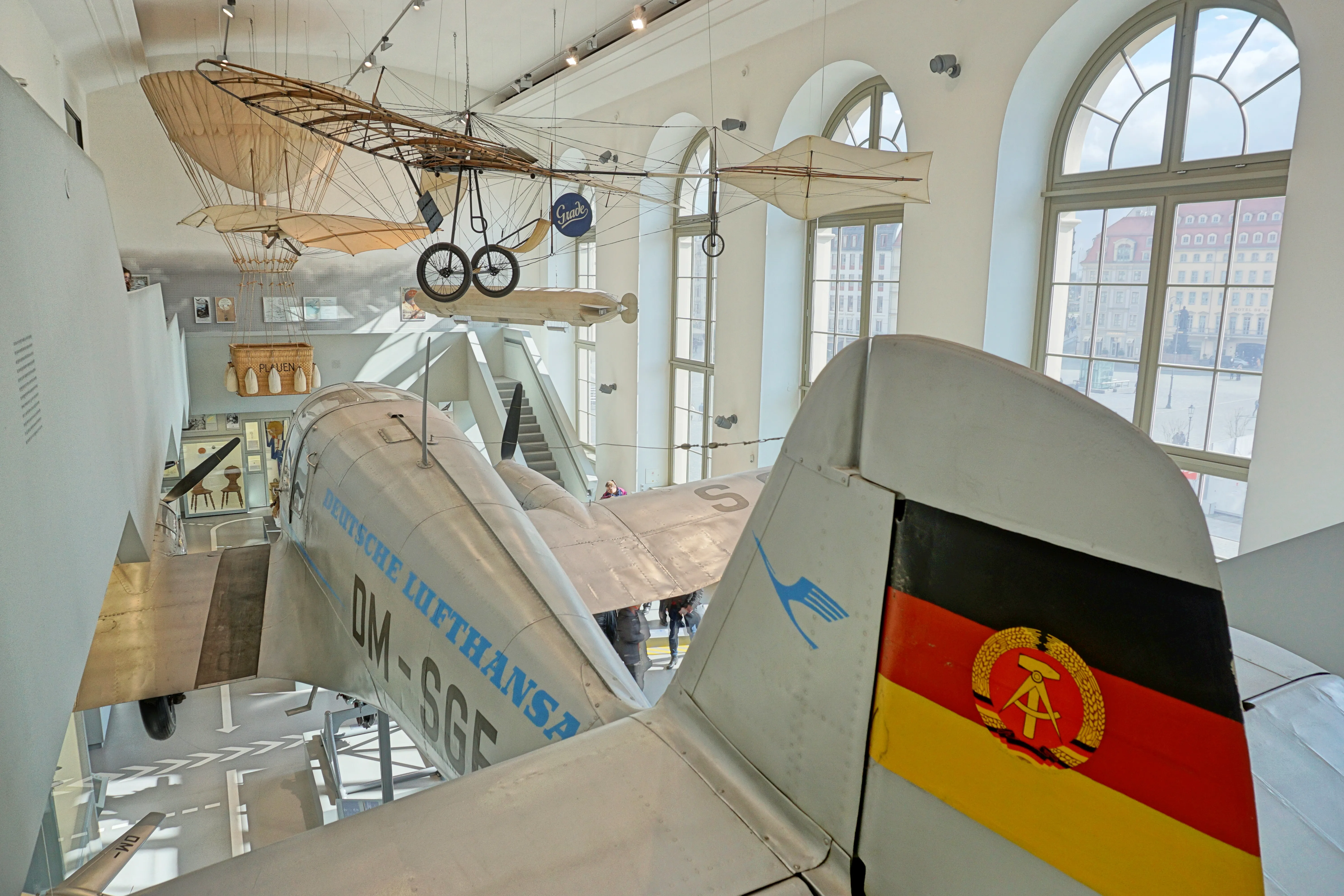 Inside of Dresden’s transport museum, just beside the Frauenkirche in Dresden’s city center. Photo by Wuselig, licensed under CC BY-SA 4.0.
Inside of Dresden’s transport museum, just beside the Frauenkirche in Dresden’s city center. Photo by Wuselig, licensed under CC BY-SA 4.0.Other sights in Dresden
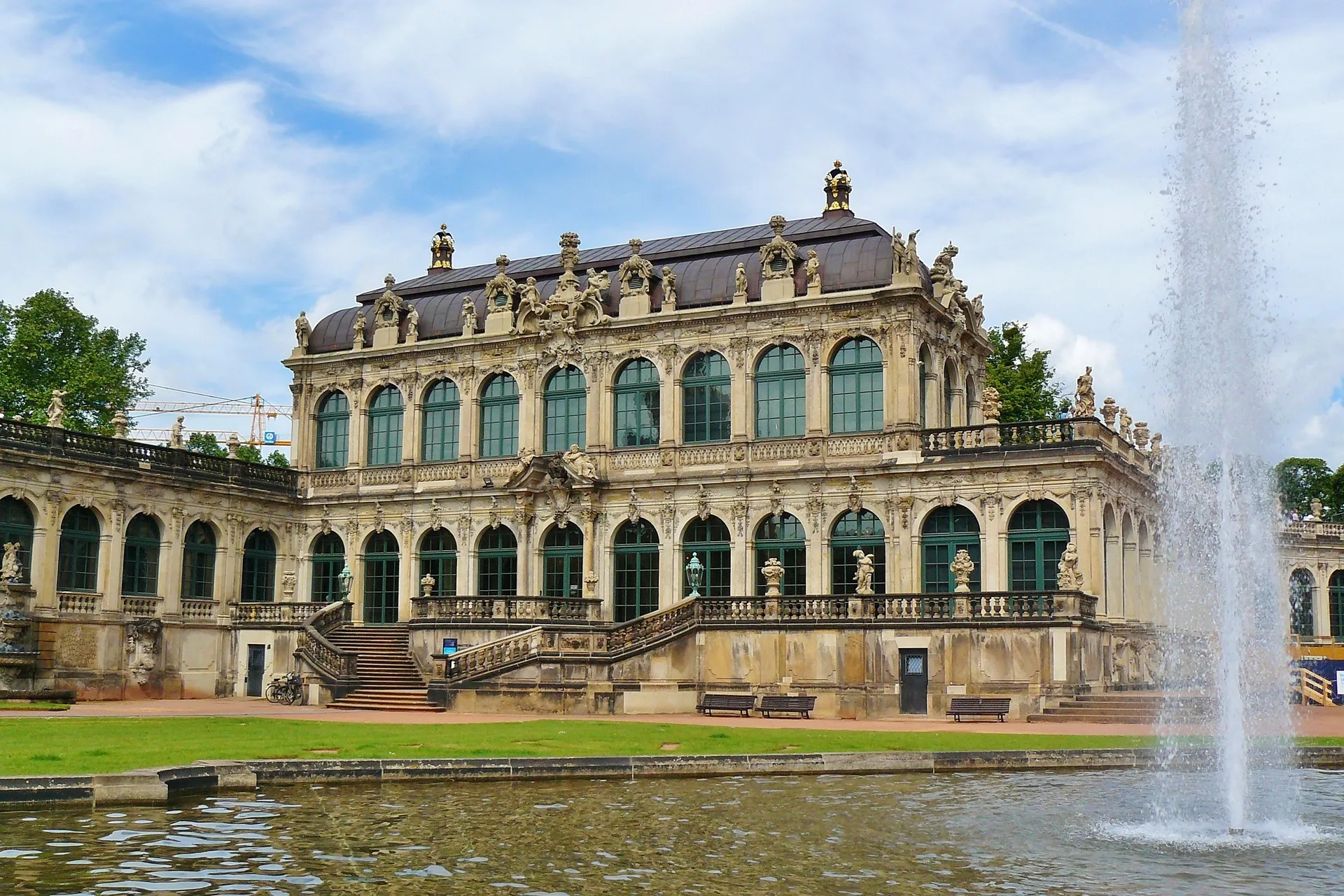 The “Zwinger”, palatial complex with gardens in Dresden’s historical center.
The “Zwinger”, palatial complex with gardens in Dresden’s historical center.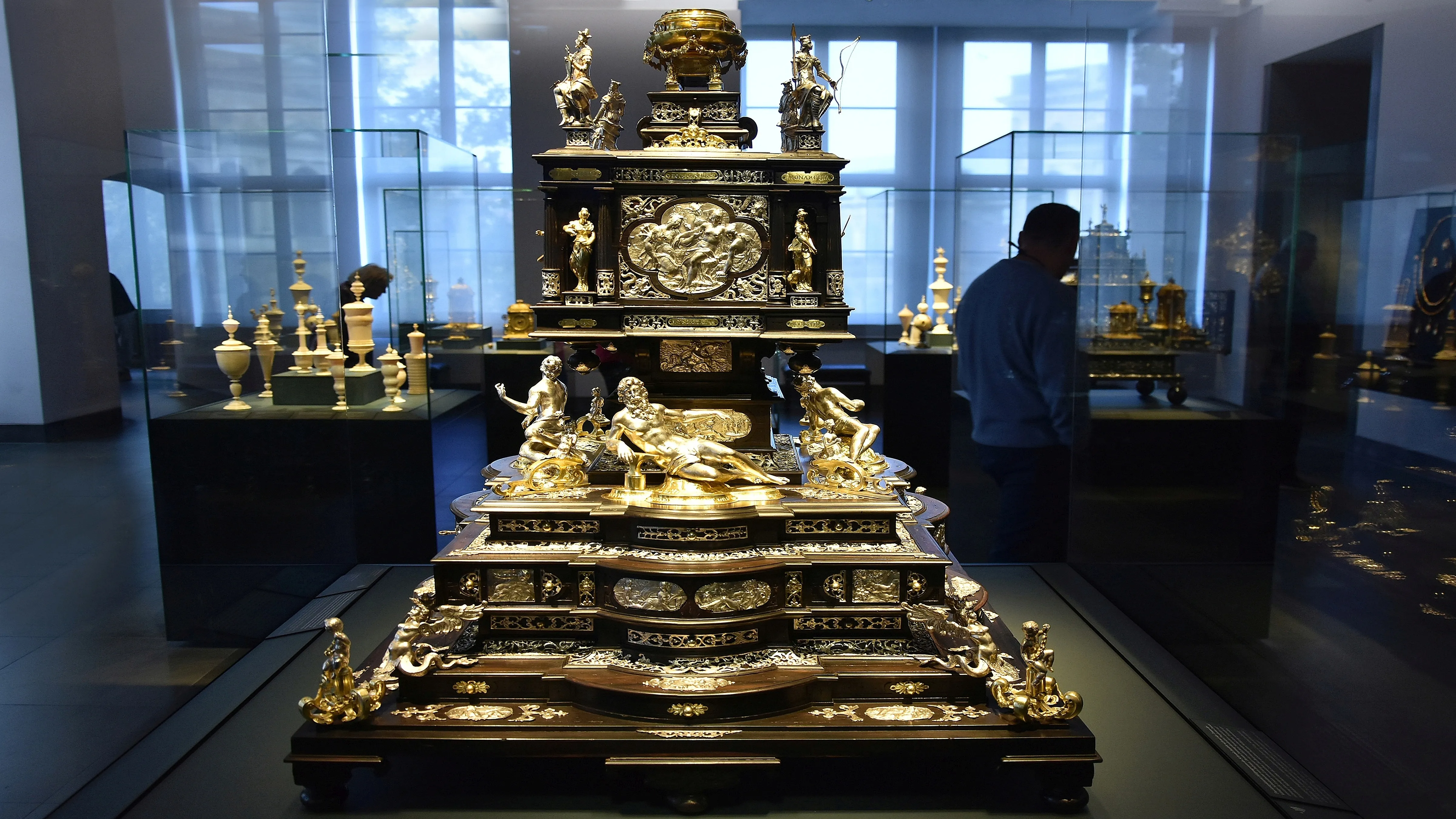 The “Grünes Gewölbe” or “Green vault”, housing the treasure collection of the electors and kings of Saxony. Photo by Paul Hermans, licensed under CC BY-SA 4.0.
The “Grünes Gewölbe” or “Green vault”, housing the treasure collection of the electors and kings of Saxony. Photo by Paul Hermans, licensed under CC BY-SA 4.0.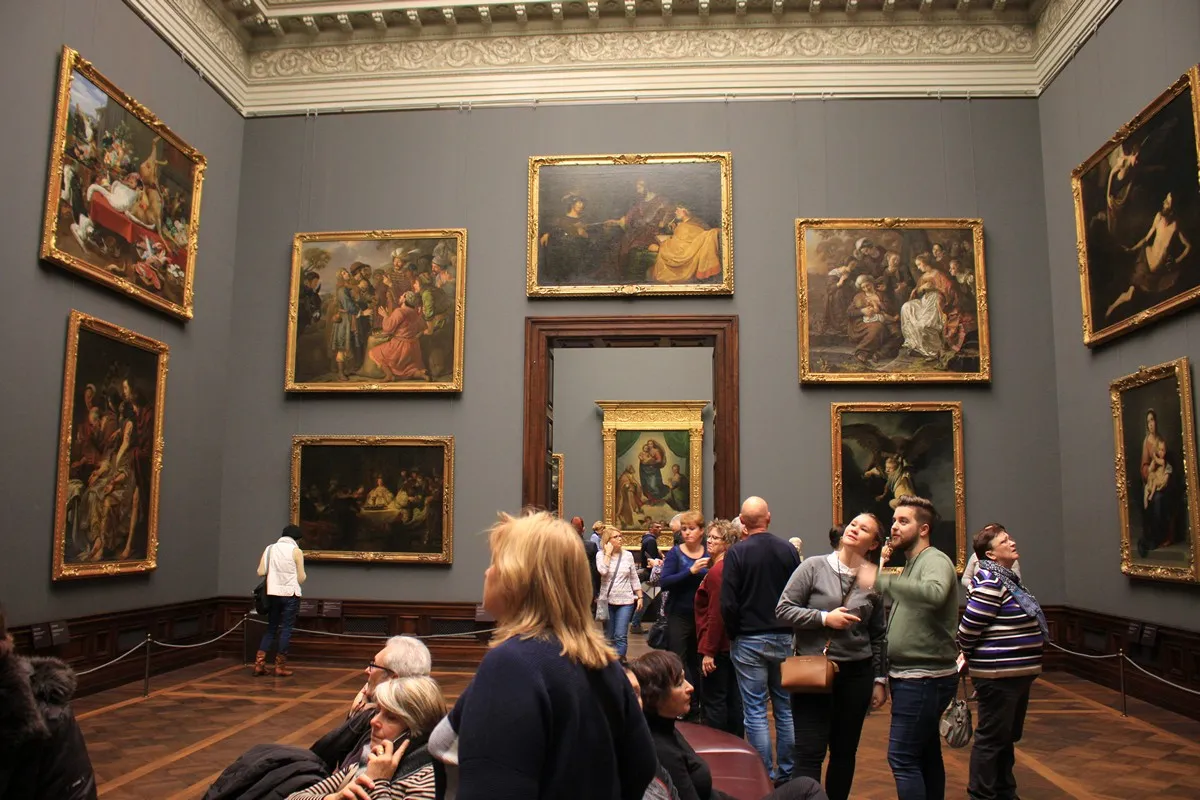 Old masters picture gallery. Photo by Frank Liebig, licensed under CC BY SA 3.0 DE.
Old masters picture gallery. Photo by Frank Liebig, licensed under CC BY SA 3.0 DE.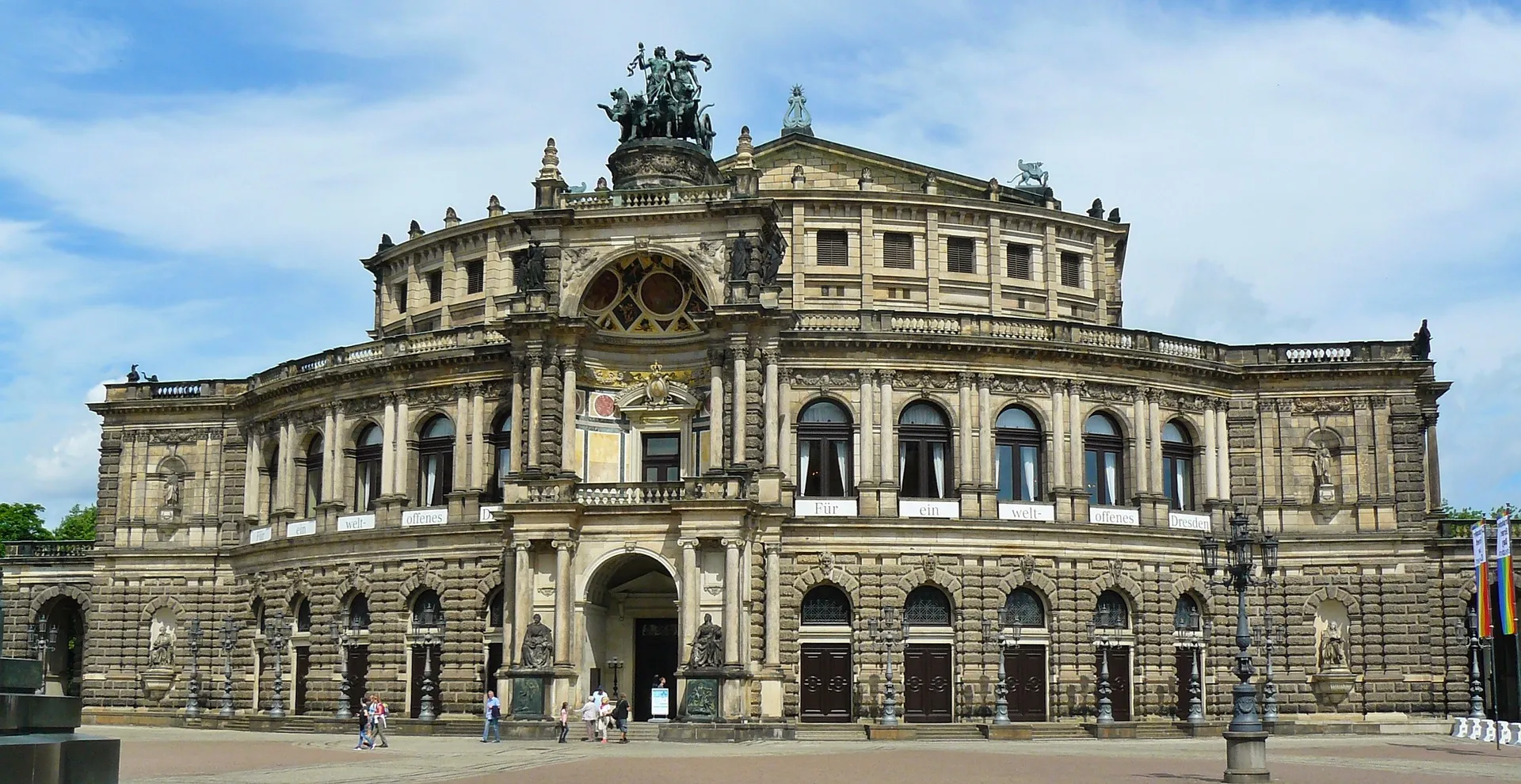 The “Semperoper”, Dresden’s opera house.
The “Semperoper”, Dresden’s opera house. The German hygiene museum, Dresden’s medical museum and “forum for science, culture, and society”. Photo by Zinneke, licensed under CC BY SA 3.0.
The German hygiene museum, Dresden’s medical museum and “forum for science, culture, and society”. Photo by Zinneke, licensed under CC BY SA 3.0.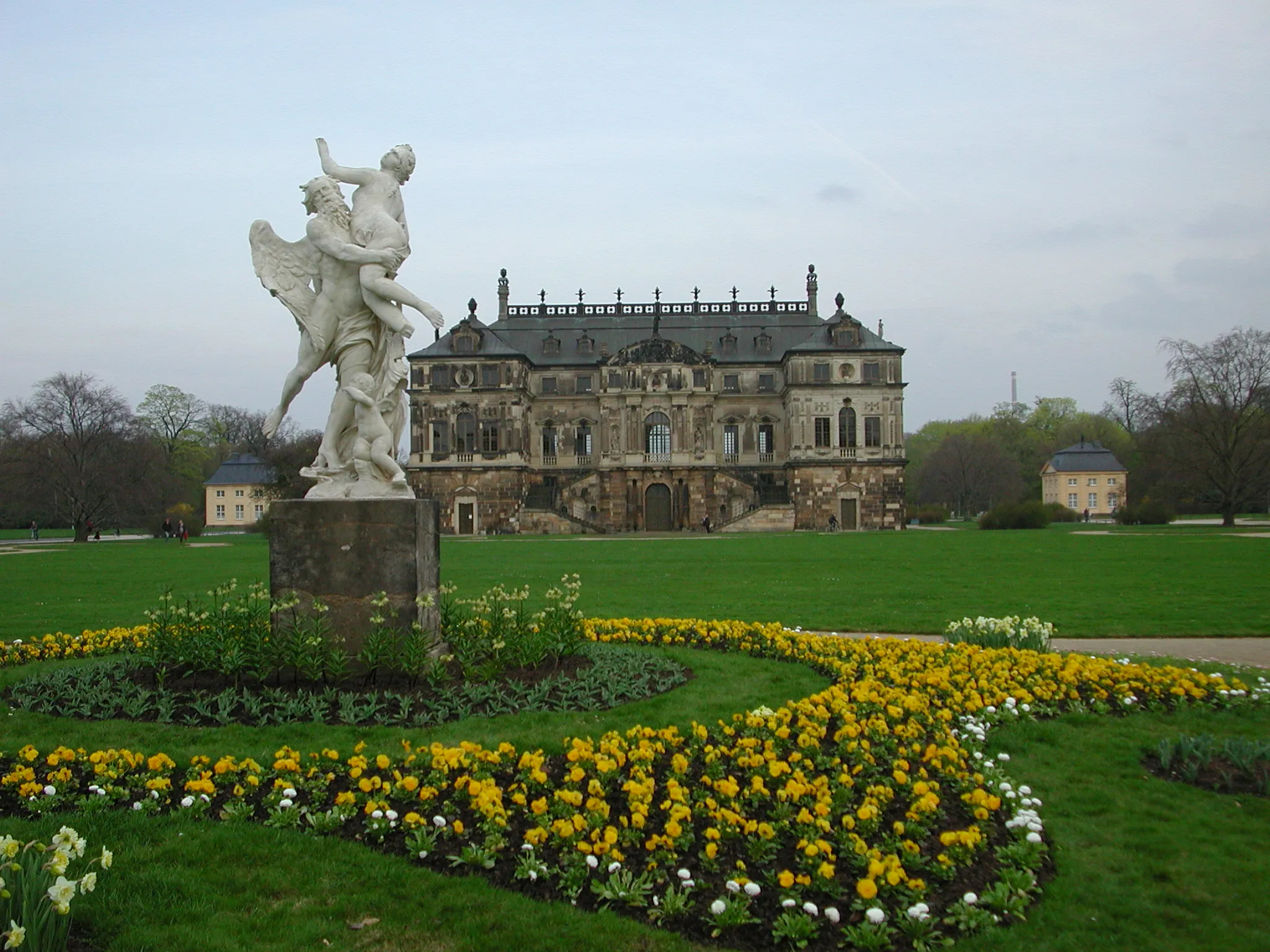 “Grosser Garten” or Grand Garden of Dresden. Photo by Cor2701, licensed under CC BY SA 3.0.
“Grosser Garten” or Grand Garden of Dresden. Photo by Cor2701, licensed under CC BY SA 3.0.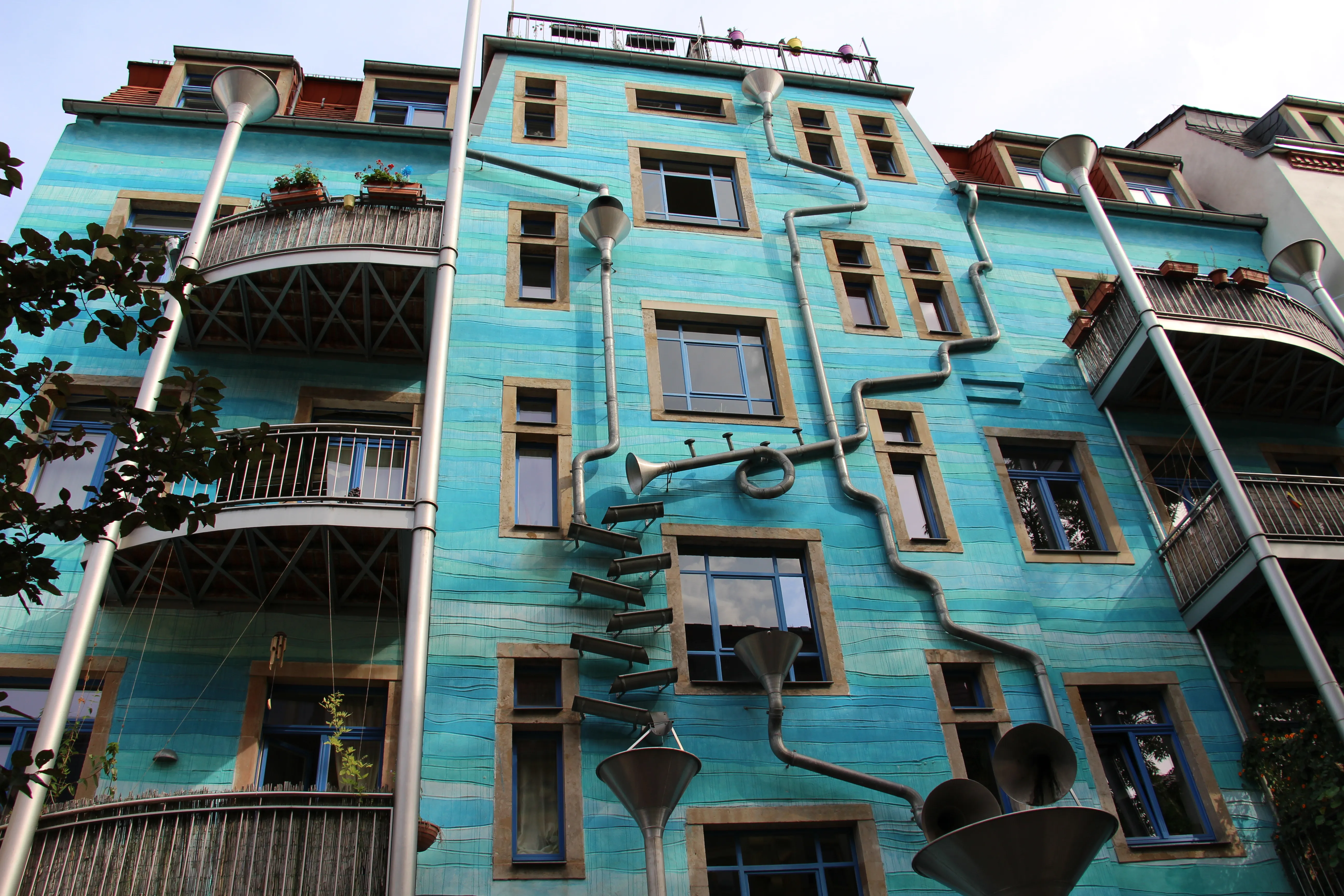 The “Kunsthofpassage” or “art arcade” in Dresden’s Neustadt district. Photo by Fred Romero, licensed under CC BY 2.0.
The “Kunsthofpassage” or “art arcade” in Dresden’s Neustadt district. Photo by Fred Romero, licensed under CC BY 2.0.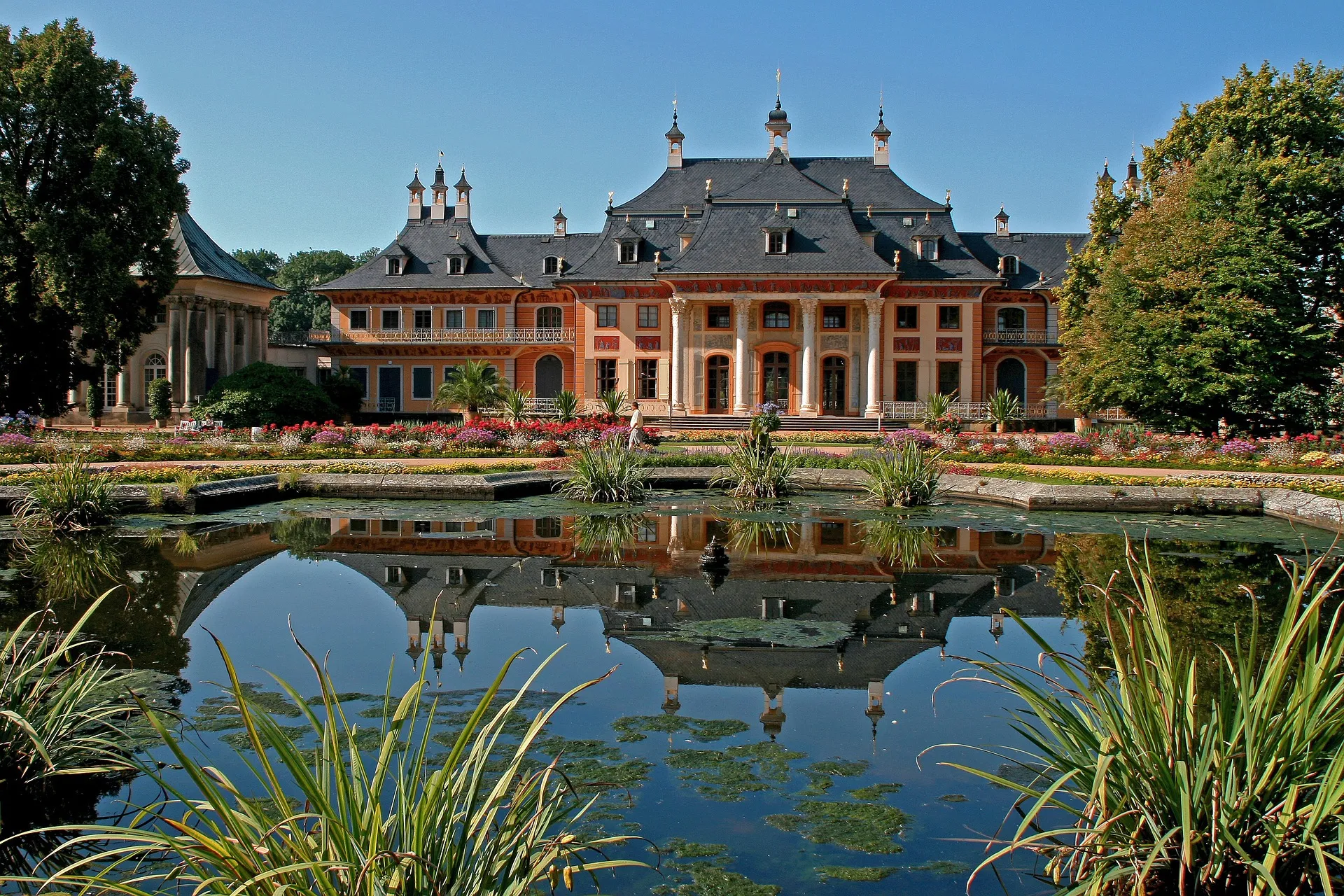 Pillnitz Castle in the southern outskirts of Dresden.
Pillnitz Castle in the southern outskirts of Dresden.Further sights near Dresden
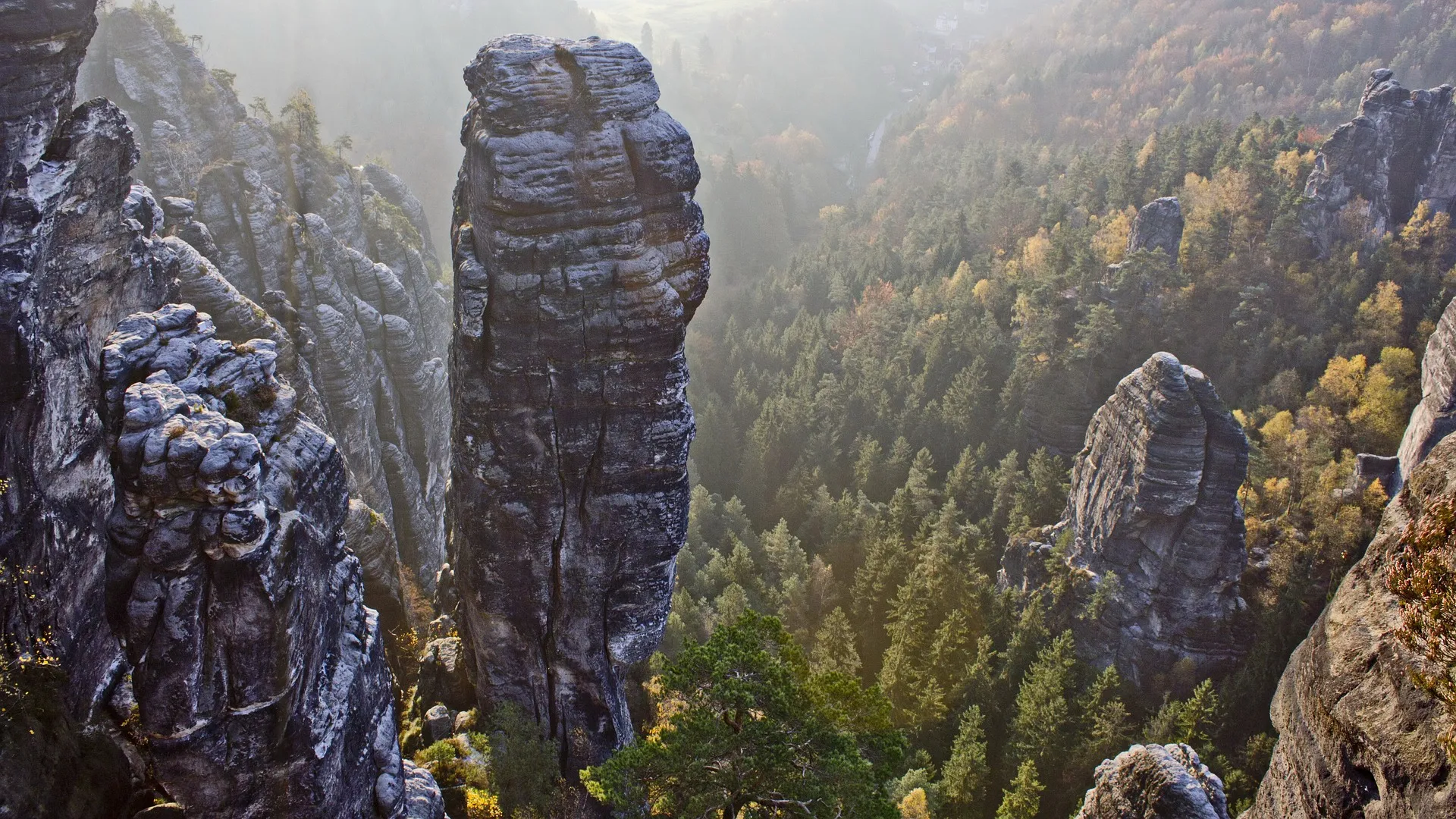 Saxon Switzerland national park.
Saxon Switzerland national park.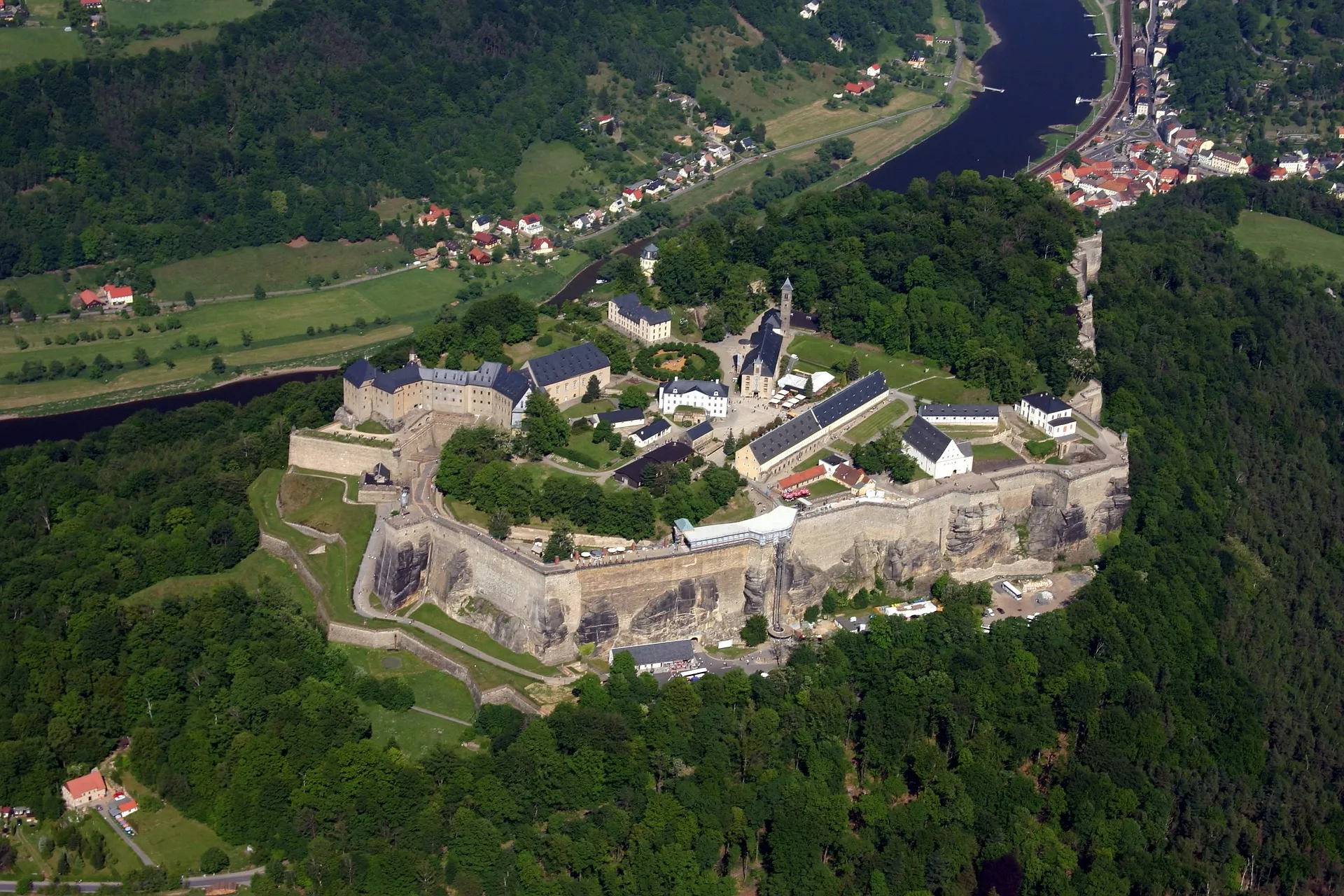 Fortress Königstein, near Saxon Switzerland National Park.
Fortress Königstein, near Saxon Switzerland National Park. Castle of the nearby city of Meissen.
Castle of the nearby city of Meissen.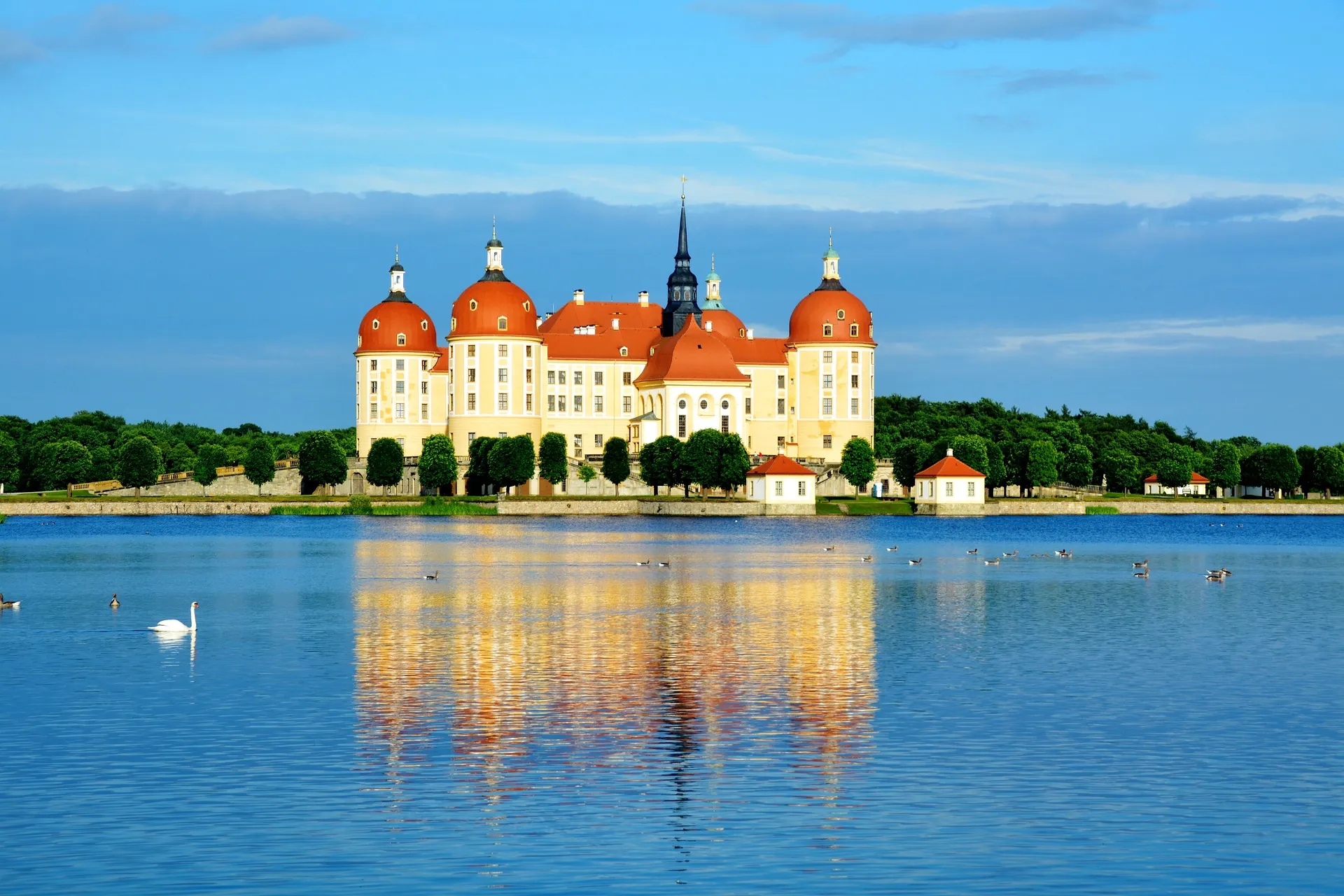 Moritzburg castle, near Radebeul, suburb of Dresden.
Moritzburg castle, near Radebeul, suburb of Dresden.